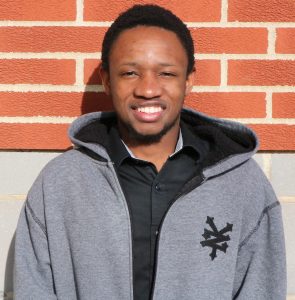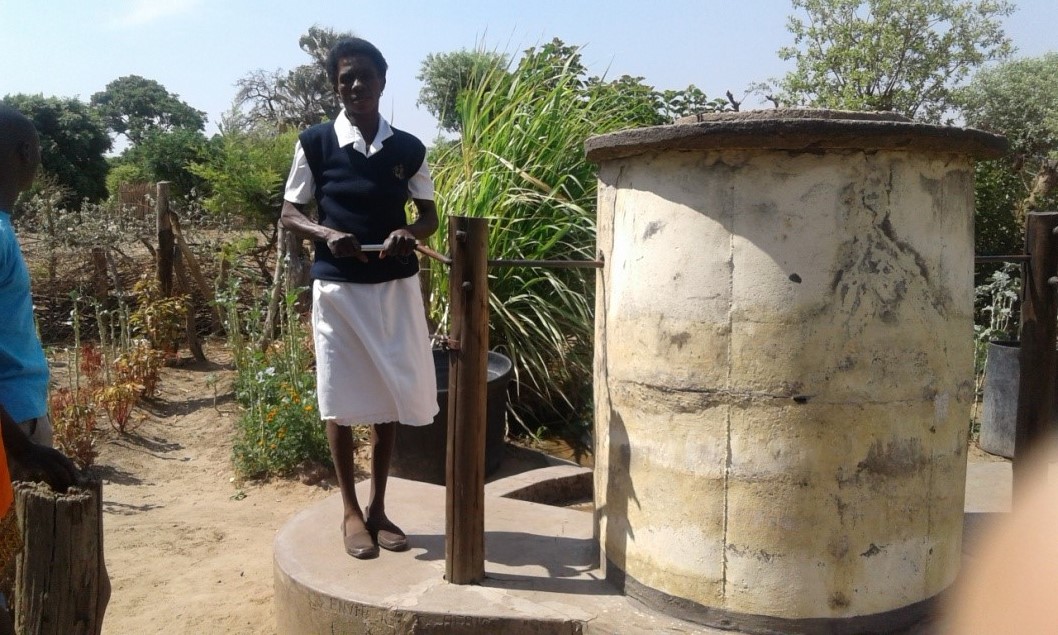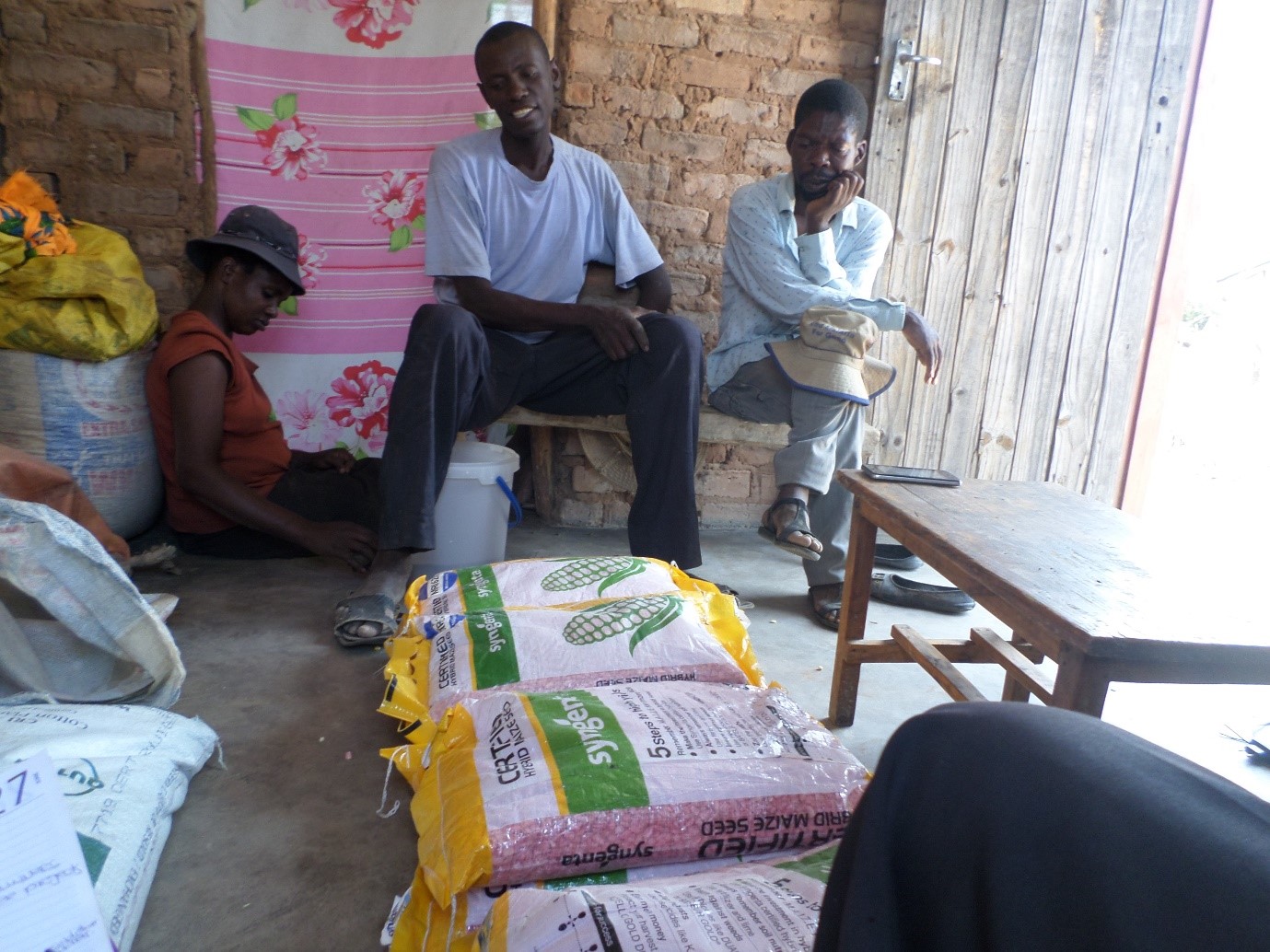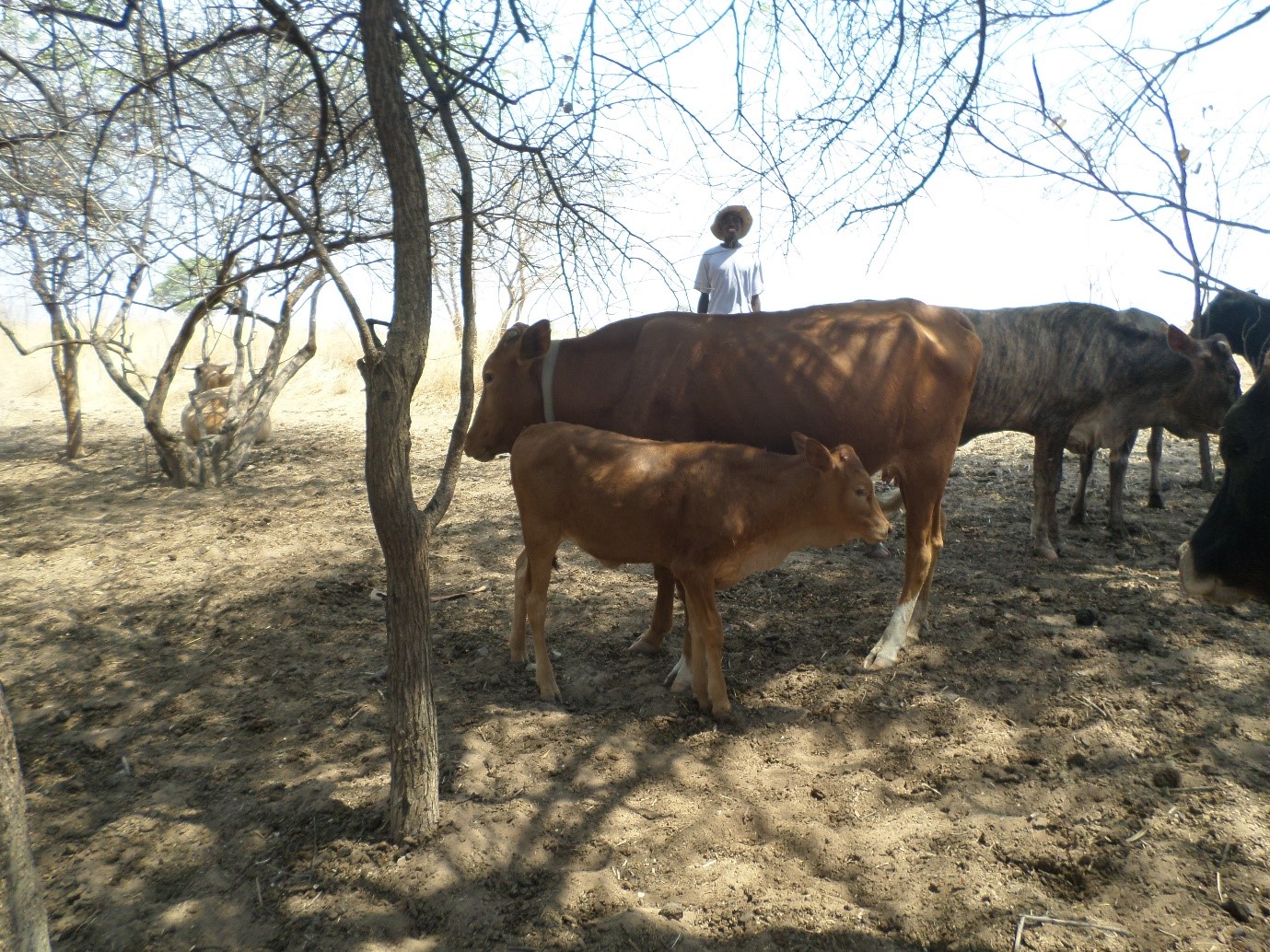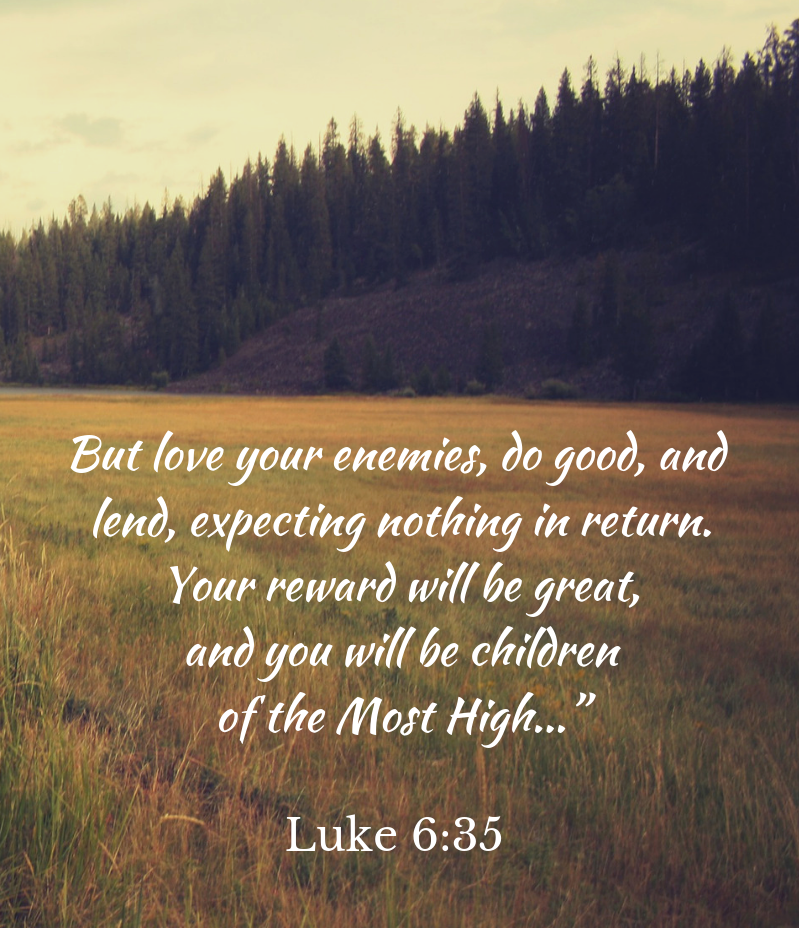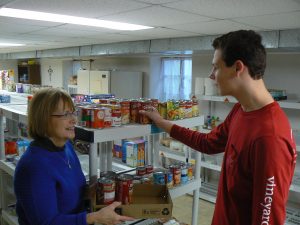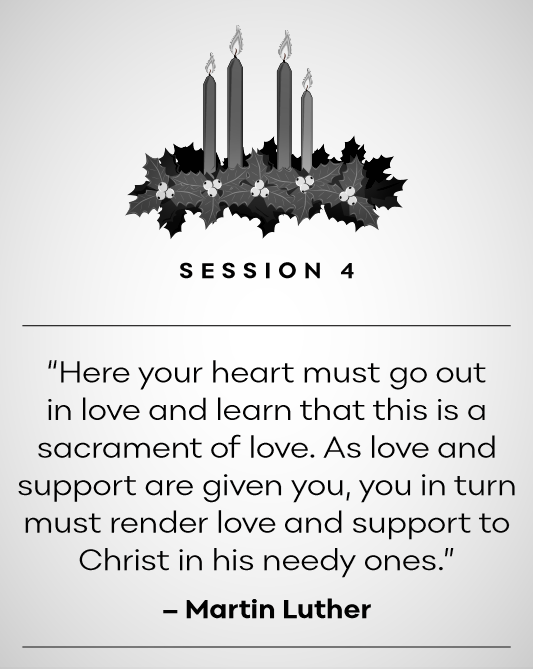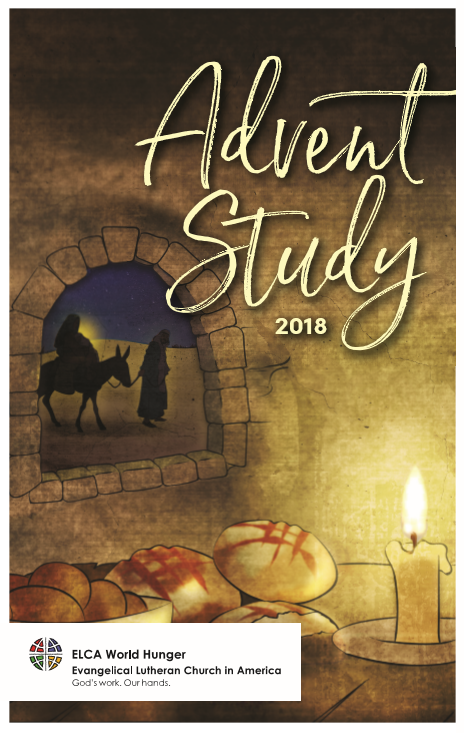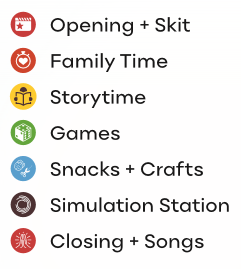In this post, ELCA World Hunger summer intern Aml Mohamed reflects on her experiences of accompaniment in her home country of Egypt.
“Why are you interested in this position at the ELCA?” A classic, expected question during an interview. I paused and asked myself three questions. What is the difference between interning at the Evangelical Lutheran Church in America and a regular nonprofit? Would I care as a practicing Muslim to work at a Lutheran faith-based institution? Would my identity as an Egyptian allow me to work and understand hunger in the US?
These are challenging questions for a rising junior in college. I am still in the process of unfolding my answers to these questions.
My tentative answer to the first question is “I don’t know!” I didn’t have the chance to compare work environments at the ELCA and other nonprofits, yet. However, what I can say is that there is something unique about working at a Lutheran faith-based institution. During orientation, we were learning about accompaniment and how it is reflected in the work of ELCA World Hunger. At the ELCA, accompaniment is defined as walking together in a solidarity that practices interdependence and mutuality. Initially, I was not sure how my life related to this model. However, after a few conversations with colleagues, I found that accompaniment is not an unfamiliar term to me. I was able to point to experiences where I saw accompaniment in my home country of Egypt.
There is a hidden power in seeing people who look like you as change-makers. This what an old friend always used to say. For years, I was on the receiving end of nonprofit organizations’ work. I was involved in programs that focus on youth development and entrepreneurship. At the age of thirteen, I remember being impressed by the staff members working on these programs. Now I understand why — they looked like me.
It is important to see work done by people who look like you, speak your language, and understand your daily life. Those might be small details, but they matter. The nonprofits allowed people from my community to be leaders, therefore, my family and I were able to trust them more. The staff members and leaders were aware of the social views on education and extracurricular activities. For example, a shared view among my parents and others is that education and learning occur only in schools and classrooms. It was difficult to come to an agreement with them that extracurricular activities are as important as school education. However, the staff members understood the culture and communicated effectively and respectfully. Thus, they were able to show them that building life skills inside and outside the classroom is critical for one’s personal and professional growth.
There is also another aspect of accompaniment that I found prevalent in my context — trust. Do you remember when your teacher would assign you tasks to do in class, like resetting the classroom tables or giving your opinion and suggestions for an activity? In such moments, I always felt that I matter. I am young, but I am trusted. I am young, but I am responsible. I am young, but I can contribute with what I have and know.
Accompaniment is not always easy; sometimes it can seem as if organizations and individuals care more about seeing their logos and names on products and services than they do for the people they are working with. Accompaniment means walking together, but most importantly, it means giving one’s companion the full trust and agency to work in their communities. Trust that people can, and they will.
Why is it important to accompany? In my opinion, I think it makes all the difference. Seeing people who look like you, understand you and face similar daily trials sets a great example for the community where work is done. It gives hope, and it maintains dignity, freedom and agency. It means remembering that you are the partner that may be needed at that moment. However, you are not the most important piece of the work.
Working on hunger is sensitive, challenging and overwhelming. However, I work with these things in mind. I will remember the times when I was young and was trusted to do things on my own. I will remember admiring the fact that the leaders in the nonprofits looked like me and understood my context. I will remind myself that to the community I walk in, I am the guest. Everyone has assets that they can contribute to the work and the journey of development. Walking with each other, we can accomplish more together. I hope you can walk along!



